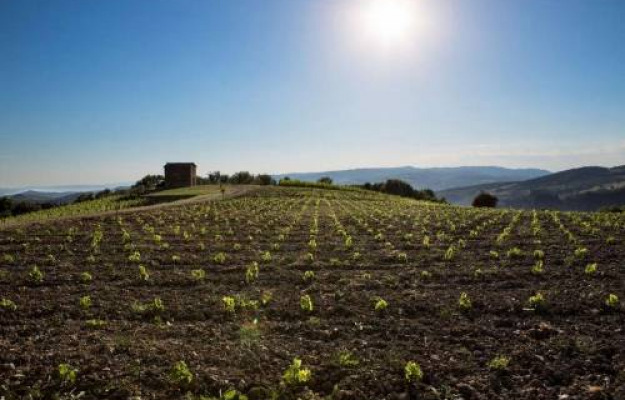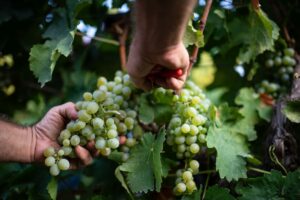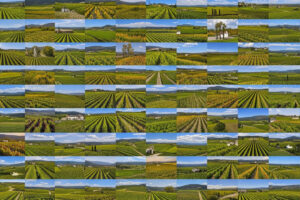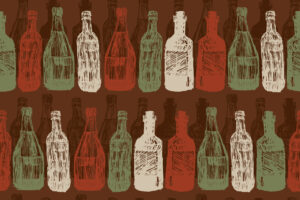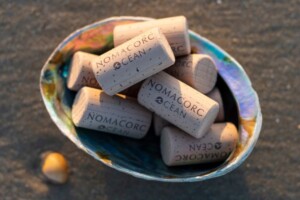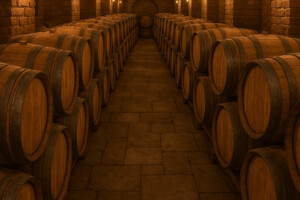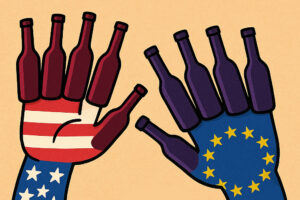The wine world is primarily linked to territories rich in history and tradition, but it has never been shy to market dynamics. And, as a matter of fact, trends in the glass are always reflected in the vineyard, even though we are well aware that it is almost impossible to predict how long certain consumption trends will last. Over the last few decades, we have been part of and witnessed the race to international red berried varieties - which quickly conquered important areas in the Regions of Tuscany, Sicily, and Friuli Venezia Giulia - and then came the boom of Prosecco bubbles, stars of the Veneto Region. Now, instead, we are experiencing another interesting process; that is, the return of white wines, on the heels of epochal and global change. The trend is primarily driven by Climate Change, which has pushed consumers to show greater interest in and prefer more fragrant and fresher red wines. Above all, though, white wines are now always available, which is due also to longer summers and springs.
Eugenio Sartori, Manager of Vivai Cooperativi Rauscedo, the highly esteemed and largest nursery in the world that every year ships millions of cuttings all over Italy and to many other Countries, has given his privileged opinion, confirming how rapidly things can change - from the glass to the vineyard, like a double backwards somersault. “Thanks to climate change and increasingly long and hot summers, consumption is moving towards light, fresh wines, especially whites, which are often replacing famous reds that however, are suited to different climatic conditions”, Sartori explained to WineNews. “Then, we have to deal with the generational change. Young people who drink occasionally and especially on weekends, prefer sparkling wines and ready-to-drink wines, unlike the elderly, who have almost always exclusively drunk red wine. Consequently, we have witnessed growth in demand for rooted vines of white grape varieties in the 2022/2023 harvest, first in Italy, then Spain, and finally in France and other Countries. Even in China, where exports have just restarted. The numbers are marginal still, but indicate that we are talking about white berried varieties in a Country that ten years ago, only planted red berried varieties”.
The trend is, therefore, far from local, but rather world wide, and it is not even the first revolution in this sense. “There have been other periods where we changed from whites to reds, to then return to whites. Now, due to climate change, the entire ampelographic range of the white and red varieties must be reviewed. We must focus on white berried varieties that can produce wines high in acidity and later ripening, and on red berried varieties able to restore soft tannins and more sparse bunches. Regarding red wines, our aim must be to make more pleasant and drinkable wines; obviously, though, the great classics such as Barolo, Brunello and many others, are not subject to this type of change”, the General Manager of Vivai Cooperativi Rauscedo, emphasized. “Many of the local varieties, from Refosco to Nero d’Avola, are experiencing a moment of difficulty, but by revisiting the varieties, they can find the right ones to produce pleasant and easy-to-approach red wines that will find good positioning on the market alongside white wines”.
Not only the consumer market is changing due to climate change, but so are the needs of winegrowers. They are, in fact, now “asking for a different product, starting from the rootstock, which is not selected only by virtue of soil analysis, but also to better respond to drought and heat. The variety is chosen paying close attention to the clone, preferring a larger and more open grape bunch, compared to the past when the demand called for clones that produced small bunches and berries”, Sartori recalled. “We have clones of Chardonnay that were selected in the 1990s to produce great aging whites. Now they are much less in demand than other clones selected in the same period, which for 15 years had been on the margins, while now they are all the rage. Another important aspect is high fertility because the winegrowers want to ensure production potential, which then they can regulate by pruning and thinning”.
Furthermore, according to Sartori, it is necessary to “revisit the ampelographic base of the Italian vineyard, and to think of new entries, like France has done. For instance, in Bordeaux, four new red varieties (Touriga Nacional, Marselan, Castets, Arinarnoa) and two white berried varieties (Alvarinho and Liliorila) have been introduced. These are varieties recovered from the past, or from abroad that are able to cope better with climate change. We have an enormous heritage, in Italy, so we should check out what we have and authorize cultivation in other areas, remembering that there are interesting varieties abroad as well. It would be a great risk to not change the ampelographic base”, Eugenio Sartori warned.
Continuing on the subject, on the global level “demand has rewarded Chardonnay, first of all, which other than its sensitivity to Flavescence Dorata, is a guarantee of great quality wines everywhere. Vermentino is also doing very well, not only in Italy, but also in France. It is a coastal variety, high in acidity, with fresh and floral aromas, which is well suited to accompany summer and fish dishes. The Prosecco phenomenon is continuing in the Northeast, but Pinot Grigio and Ribolla are also doing well, and so is Fiano, both in Campania and Apulia. There were also rather important requests for particularly productive varieties, destined for base wines that one imagined would suffer a decline, such as Trebbiano and Garganega. Sauvignon has not undergone major variations, as its aroma meets the tastes of a very specific clientele, but it is more sensitive to climate change, and needs to be grown in very specific areas”.
Considering the varieties that form the basis of the finest wines, “such as Nebbiolo, Sangiovese and Barbera, these have maintained their positions, while others, such as Merlot, Cabernet Sauvignon, Negroamaro, Lambrusco, have dropped. We have estimated, at the National level, 20% drop in requests for rooted cuttings of red berried varieties, and +20% increase of white berried ones. The most recent vintage, however, was conditioned by the availability of rooted cuttings, which made it often fall back on other varieties. The dynamics, though, also affect other countries, such as Spain, where less Tempranillo and more white berried varieties, such as Macabeu, have been planted. Syrah also suffered a setback, but next year plants will be more available and it will therefore be possible to better understand the specific weight of relocating, between white and red berried varieties as well as among the different white berried varieties”, Eugenio Sartori, General Manager of Vivai Cooperativi Rauscedo, concluded.
Copyright © 2000/2025
Contatti: info@winenews.it
Seguici anche su Twitter: @WineNewsIt
Seguici anche su Facebook: @winenewsit
Questo articolo è tratto dall'archivio di WineNews - Tutti i diritti riservati - Copyright © 2000/2025










